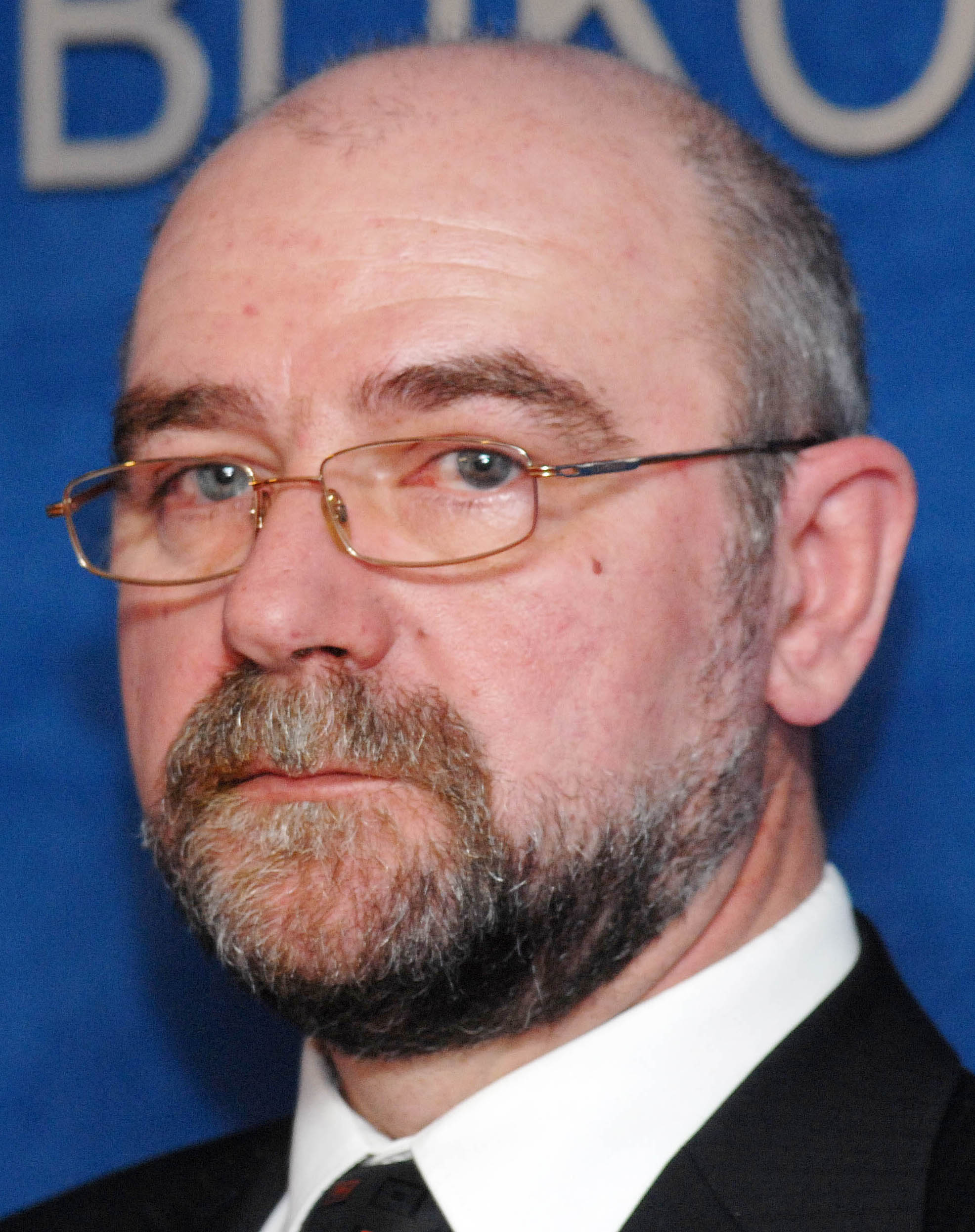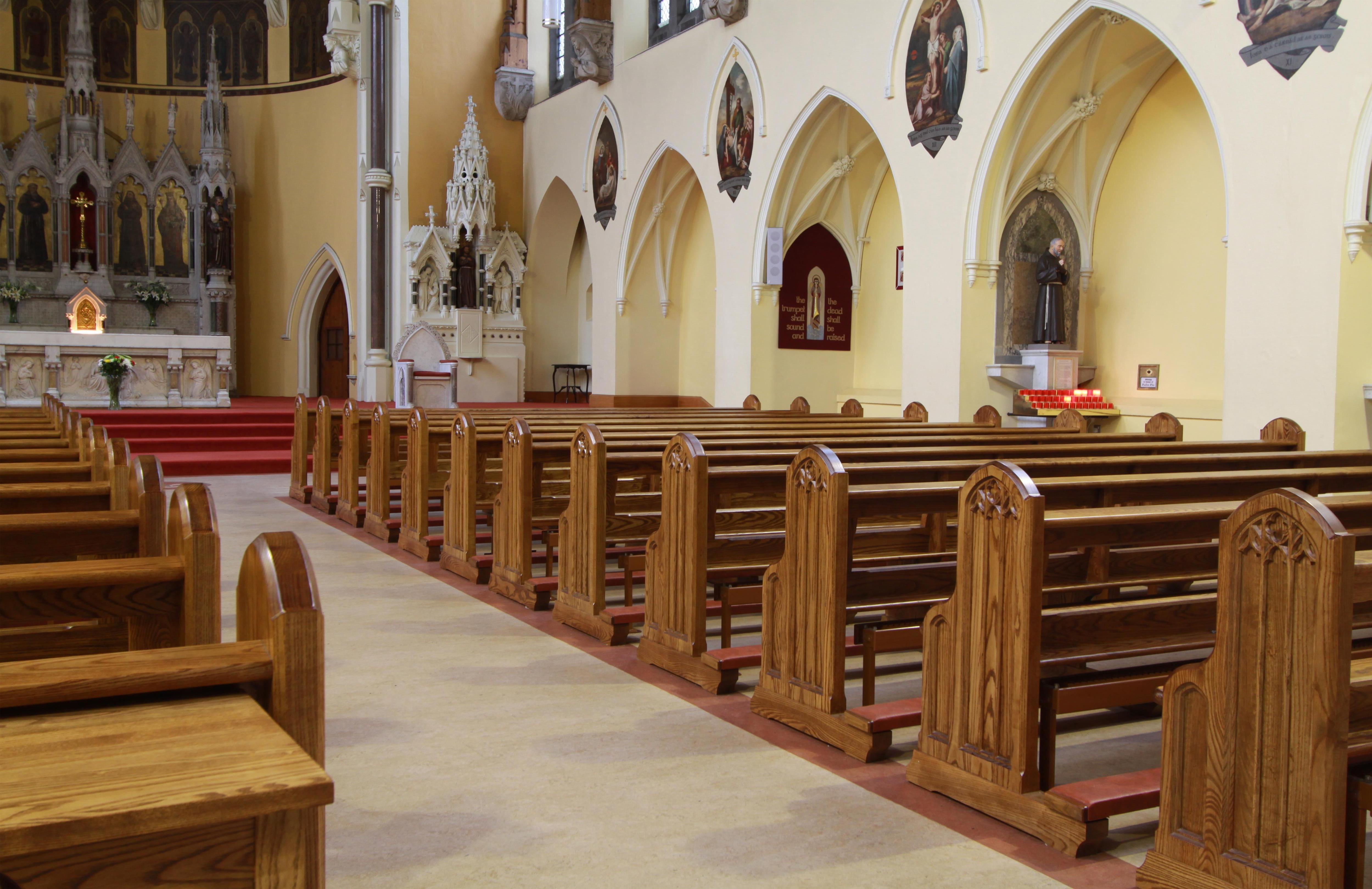|
Laima Andrikienė
Laima Liucija Andrikienė (born 1 January 1958 in Druskininkai) is a Lithuanian politician serving as member of the European Court of Auditors since November 2022. Andrikienė is signatory of the Act of the Re-Establishment of the State of Lithuania, member of Reconstituent Seimas (1990-1992), former and current member of the Seimas (1992-2000, 2020-current), former chair of Committee on Foreign Affairs of the Seimas, former vice-president of the Parliamentary Assembly of the Council of Europe, former Minister of Industry and Trade, former minister of European Affairs, and former member of the European Parliament (2004-2014, 2016–2019) for the Homeland Union (Lithuanian Conservatives) and European People’s Party, respectively. Biography Andrikienė was born in Druskininkai on 1 January 1958. In 1980 Andrikienė graduated from Vilnius University with a degree in Economics and Math. She worked as an engineer, an later as a research fellow, at the Lithuanian Institute for Re ... [...More Info...] [...Related Items...] OR: [Wikipedia] [Google] [Baidu] |
Lithuanians
Lithuanians ( lt, lietuviai) are a Balts, Baltic ethnic group. They are native to Lithuania, where they number around 2,378,118 people. Another million or two make up the Lithuanian diaspora, largely found in countries such as the Lithuanian Americans, United States, Lithuanians in the United Kingdom, United Kingdom, Lithuanian Brazilians, Brazil, Russia, and Lithuanian Canadians, Canada. Their native language is Lithuanian language, Lithuanian, one of only two surviving members of the Baltic language family along with Latvian language, Latvian. According to the Lithuanian census of 2021, census conducted in 2021, 84.6% of the population of Lithuania identified themselves as Lithuanians, 6.5% as Poles in Lithuania, Poles, 5.0% as Russians in Lithuania, Russians, 1.0% as Belarusians in Lithuania, Belarusians, and 1.1% as members of other ethnic groups. Most Lithuanians belong to the Catholic Church in Lithuania, Catholic Church, while the Lietuvininkai who lived in the northern par ... [...More Info...] [...Related Items...] OR: [Wikipedia] [Google] [Baidu] |
Druskininkai
Druskininkai (; pl, Druskieniki; be, Друскенiкi; yi, דרוזגעניק, translit=Druzgenik) is a spa town on the Nemunas River in southern Lithuania, close to the borders of Belarus and Poland. The city of Druskininkai has a population of 12,055 and dates back as a spa resort to the 19th century. Geography The town is located at the Ratnyčia River estuary to the Nemunas River and is surrounded by a natural forest reserve. The town is situated in a picturesque landscape with rivers, lakes, hills and forests. History According to some sources the site of present-day Druskininkai was inhabited by local Yotvingian tribes in the early Middle Ages. In the 13th century the area became a part of the expanding Duchy of Lithuania. A small castle was built in the area as a part of the defence system against the Teutonic Order. In 1308 the castle was conquered by the Teutonic Knights and destroyed, causing a depopulation of the area. The first written mention of Druskin ... [...More Info...] [...Related Items...] OR: [Wikipedia] [Google] [Baidu] |
Sixth Seimas Of Lithuania
The Sixth Seimas of Lithuania was the first parliament (Seimas) elected in Lithuania after it restored independence on 11 March 1990. Elections took place on 25 October 1992, with the second round on 15 November. In a surprisingly decisive outcome, the elections were won by Democratic Labour Party of Lithuania (LDDP), with 73 seats. The result reflected widespread dissatisfaction with the economic situation and the policies of the ruling Sąjūdis political movement in the preceding Supreme Council of Lithuania. The Sixth Seimas commenced its work on 25 November 1992 and served a four-year term, with the last session on 19 November 1996. Algirdas Brazauskas, the leader of LDDP, became the Speaker of the Seimas, before assuming the role of the President of Lithuania. He was succeeded as the Speaker by his party colleague Česlovas Juršėnas, who served for the rest of the term. Three LDDP-led governments changed during the term of the Sixth Seimas. The government of Bronislovas ... [...More Info...] [...Related Items...] OR: [Wikipedia] [Google] [Baidu] |
1992 Lithuanian Parliamentary Election
Parliamentary elections were held in Lithuania in two stages on 25 October and 15 November 1992.Dieter Nohlen & Philip Stöver (2010) ''Elections in Europe: A data handbook'', p1201 A total of 141 members were elected to the Seimas, which replaced the Supreme Council; 70 were elected using proportional representation and 71 from single-member constituencies. Where no candidate gained more than 50% of the vote on 25 October, a run-off was held on 15 November. The first round of the elections were held simultaneously with a referendum on the adoption of a new constitution. The result was a victory for the Democratic Labour Party of Lithuania (LDDP), which won 73 seats. Analysts attributed the surprisingly decisive victory to support from farmers and the Russian and Polish minorities, as well as widespread dissatisfaction with the economic situation and the policies of the ruling Sąjūdis political movement, which only won 30 seats. LDDP leader Algirdas Brazauskas was subsequ ... [...More Info...] [...Related Items...] OR: [Wikipedia] [Google] [Baidu] |
Supreme Council Of Lithuania
Supreme may refer to: Entertainment * Supreme (character), a comic book superhero * ''Supreme'' (film), a 2016 Telugu film * Supreme (producer), hip-hop record producer * "Supreme" (song), a 2000 song by Robbie Williams * The Supremes, Motown-era singer group * Supreme Pictures Corporation, 1930s film company Other * Supreme (brand), a clothing brand based in New York * Supreme (cookery), a term used in cookery * Supreme, Louisiana, a census-designated place in the United States * Supreme Soviet, the highest legislation body of Soviet Union, dissolved in 1991 * Oldsmobile Cutlass Supreme, car produced by Oldsmobile between 1966 and 1997 * Plaxton Supreme, British coach bodywork built in the late 1970s and early 1980s See also * Supreme Records (other), several record labels * Supremo (other) * Supreme court A supreme court is the highest court within the hierarchy of courts in most legal jurisdictions. Other descriptions for such courts include ... [...More Info...] [...Related Items...] OR: [Wikipedia] [Google] [Baidu] |
Pew Economic Freedom Fellow
A pew () is a long bench seat or enclosed box, used for seating members of a congregation or choir in a church, synagogue or sometimes a courtroom. Overview The first backless stone benches began to appear in English churches in the thirteenth century, originally placed against the walls of the nave. Over time, they were brought into the centre of the room, first as moveable furniture and later fixed to the floor. Wooden benches replaced the stone ones from the fourteenth century and became common in the fifteenth. Churches were not commonly furnished with permanent pews before the Protestant Reformation. The rise of the sermon as a central act of Christian worship, especially in Protestantism, made the pew a standard item of church furniture. Hence the use or avoidance of pews could be used as a test of the high or low character of a Protestant church: describing a mid-19th century conflict between Henry Edward Manning and Archdeacon Hare, Lytton Strachey remarks with ch ... [...More Info...] [...Related Items...] OR: [Wikipedia] [Google] [Baidu] |


